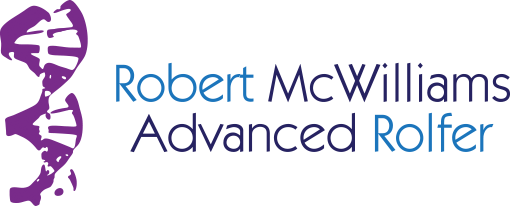When you drive, do you automatically have a sense of things like the car’s speed, stopping distance, turning radius on the particular road surface, of the particular power curve of this car’s engine? You can almost sense the car as an extension of your own body, probably, ranging from the ability to do this of a brand-new novice driver just learning to drive and struggling to create this connection from body sense to ‘getting a feel for the car to the thrilling competence of a stunt or race car driver. A wonderful term for a calmly competent driver is someone who ‘drives from the seat of his or her pants’. To me that means that they have a feel for the road and flow of the car through the bottom of the pelvis (aka pelvic floor) and are feeling good and easy connection from the lower body up to their upper body and connection to the steering wheel. They are able to stay present in their bodies even as they are projecting a sense of coordination and appropriate movement out into the frame of the car, moving at sometimes stunning velocities or rates of turning. In those moments, we are not merely present and attentive while driving; part of us, in our essential sense of ‘where and what is my body feeling and doing’ that is “embodiment” is the car. (This gives a new wrinkle for me to the phrase ‘baby you can drive my car’, hence the title.)
So I’m zipping along in my car on the back roads between Lafayette and Boulder Colorado, and am about to take a corner when the thought came to me: “Slow down a little as I don’t have my turning shoes on.” This inner statement had a certain dreamlike echo for me, as I realized that I was cross-referencing another sense of ‘projected embodiment’ like driving: dancing. Now dance, you might think, is just a simple body-based embodiment and not at all like driving a powerful machine. I am proposing here that they are similar.
When I think of not having my “turning shoes” on, it referred directly to the fact that my all-weather tires will not allow tight cornering like the summer tires do. My sense memory is something akin to trying to do a pirouette while wearing sticky-bottom shoes, which give a certain benefit in traction but too much floor surface friction to allow easy spinning in place. It’s just really a felt-sense for me based on years ( and years..and years) of professional dancing experience under variable conditions.
Like driving a car, the dancer must often project his or her self into a form outside of their own body: the pirouette, for instance, involves a center of balance that is not actually directly over the point of contact en pointe or on releve. Rather, studies in the physics of dance have shown that the center of balance in the controlled spin of a pirouette falls rather slightly towards the lifted or gesture leg, maintained there, even though there’s not contact through that line to the ground, by the gyroscopic force of the turn. To me, this is why just practicing balances is not enough. The weight has to shift off the leg slightly in a good pirouette. You have to practice actual turns to get that. Another feature of a good pirouette: micro movement adjustment within the turn. Look at slow motion studies of Baryshnikov and you will see this, even within a multi-turn pirouette. For me this also validates the schools of teaching that tell people to hop to stay on their leg in turns when first learning, because this hop could evolve into a smaller and smaller adjustment. This also gives credence to me of the turn preparation that emphasizes getting all the way on the leg in tendu with even a little weight into the gesture leg, allowing the strength of connection through the inseam line of the standing leg that could be termed ‘the third leg’, which the dancer will need to be comfortable with to be secure in the turn – even though the weight center is essentially a little bit “off the standing leg.”
In similar fashion, those who enjoy contact improvisation – or really any form of partner dancing – intuitively project their bodies into a common movement form (when things are going well :~> ), again, intuitively finding common pivot points, duo momentum and tracking a moving center of gravity between the two bodies. So, this is another sort of “projected embodiment”, like driving a car.
One problem in this is that we can be sucked into some negative patterns of projected embodiment: think of the smartphone pulling your whole body into a small box as you use it. Check in with that some time! What is your breating like when you’re doing that? Can you turns your neck freely. How well can you feel released and connected to the ground or chair that you’re in? Have you kept that ‘seat of your pants’ sense of ease in your pelvis described above? Is there a way to keep that felt sense of ease while you manipulate the smartphone, tablet, lap or desktop tool at your disposal?
This meditation brings up deeper questions for me about child development and how, perhaps, we learn to embody emotion through experiencing and learning from parents, siblings and people and situations in our environment. This will be probably modulated by our “mirror neurons”, which we like all mammals are gifted with. They allow us to navigate all kinds of existential and social/psychological situations through a similar process to the projected embodiment idea: ‘when I see this in her body (perhaps, for example, a stiff neck in the walk towards me of an angry mother getting ready to censor punish me). I will look at that in a later piece, hopefully.
